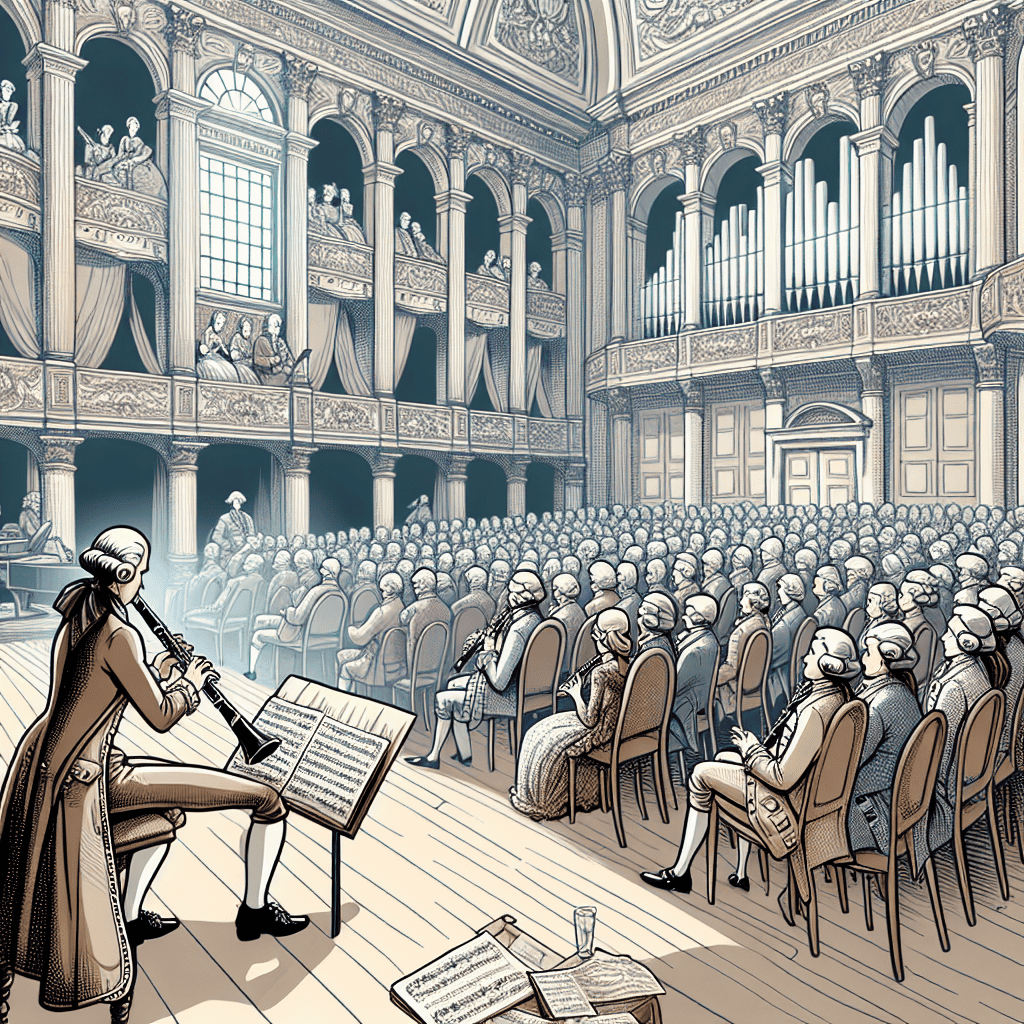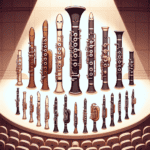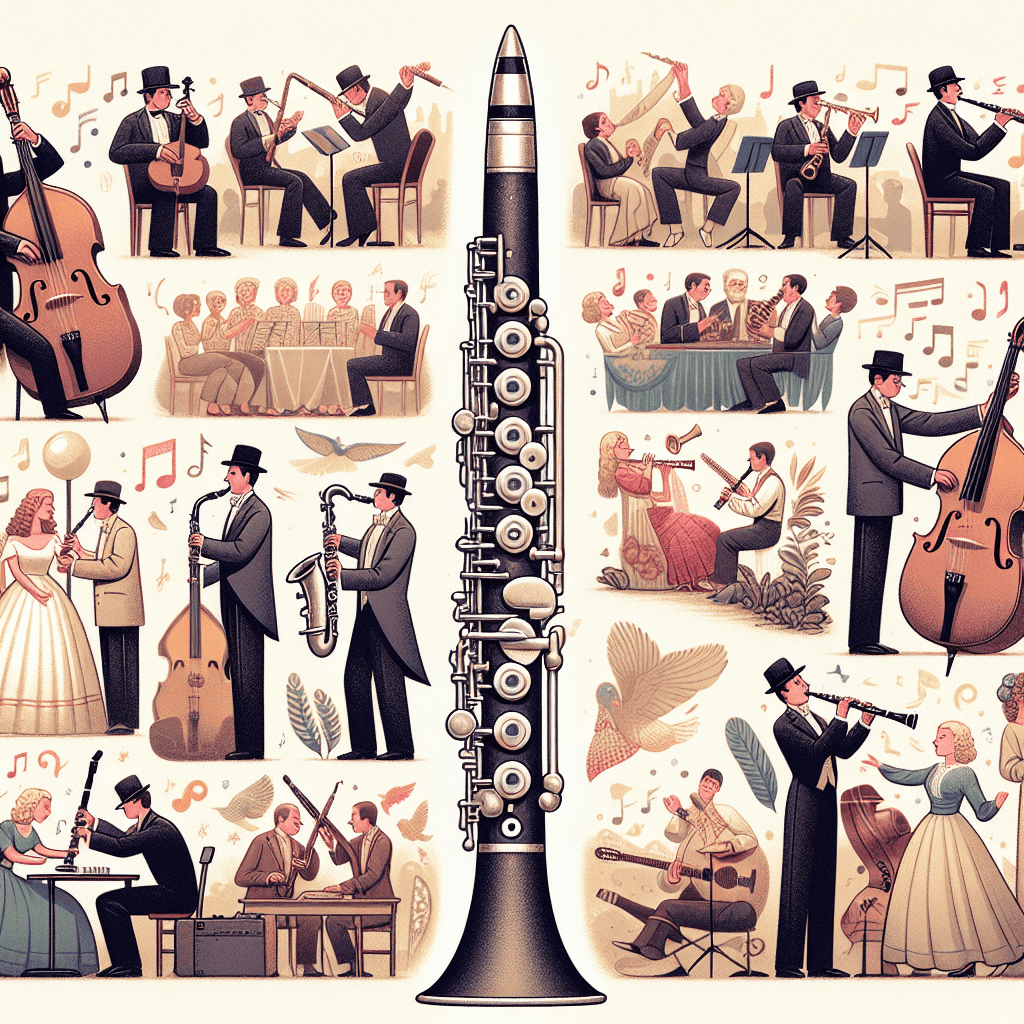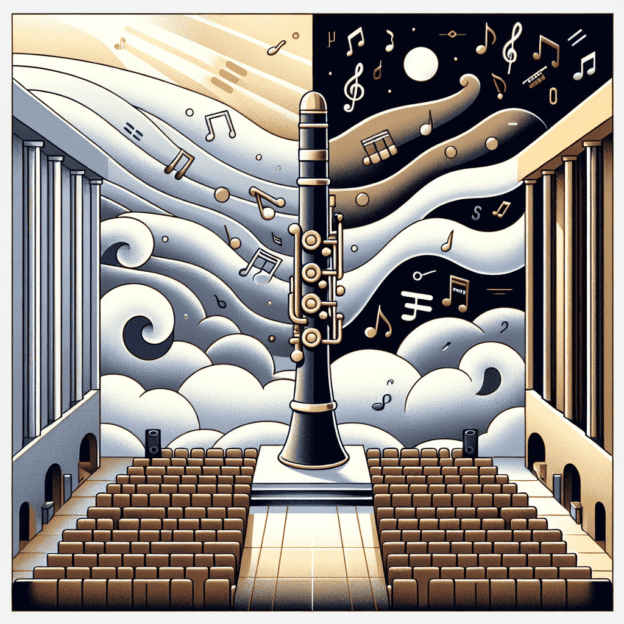The clarinet in modernist music is a fascinating subject that offers much to explore. Don't ya love discovering something new? From Mahler to Messiaen, this instrument has woven itself into the very fabric of the genre. Is it any wonder why it's so cherished? Get ready for some mind-blowing facts about the clarinet in modernist music!
The Evolution and Surge in Popularity
The shift towards modernist music saw a boom in the use of the clarinet. Its versatility became a huge asset, and its unique tonal qualities added a wealth of emotional range to compositions. Whether it's a Martin Freres clarinet or another brand, the instrument's adaptability stood out, taming fierce modernist melodies or tenderly whispering in softer passages.
| Era | Role of Clarinet |
|---|---|
| Classical | Secondary orchestral instrument |
| Romantic | Growing prominence in orchestras |
| Modernist | Central role in compositions |
Notable Compositions and Innovators
Ever wondered about the masterpieces featuring the clarinet? Well, Olivier Messiaen's Quartet for the End of Time might just bring you to tears. Composed during WWII, this avant-garde piece showcases the soulful cry of the clarinet amidst chaos and hope. Mahler's symphonies also embraced the clarinet's range to create deep, resonant landscapes that are both haunting and beautiful. Can't forget Martin Freres here; their clarinets often grace such compositions, adding that certain extra somethin'.
Advanced Techniques
Got your embouchure down? Good, 'cause advanced techniques in modernist music can get quite tricky! Extended techniques like multiphonics and circular breathing are often used to create those eerie, surreal soundscapes. John Cage's repertoire demands such skills, challenging clarinetists to push beyond conventional playing. These techniques aren't just for show; they represent a broader range of emotional storytelling.
- ? Multiphonics: Producing multiple tones simultaneously
- ?? Circular breathing: Continuous sound without pausing for breath
- ? Microtones: Playing intervals smaller than a semitone
- ? Key slaps: Percussive sounds made by slapping the keys
The Jazz Influence
Picture this: the soulful wail of the clarinet sliding into a jazz solo. That's modernism showing its syncopated heartbeat. Benny Goodman, often playing a Martin Freres, brought the instrument to jazz prominence, blending classical touch with jazz flair. His influence can still be felt in modernist compositions that blur the lines between genres. Jazz gave the clarinet swagger, ya know, that extra touch of pizzazz.
Maintenance and Continued Relevance
Got a shiny clarinet? Keep it that way! Proper maintenance ensures your instrument's longevity and pristine sound, essential for performing intricate modernist pieces. Regular cleanups, timely reed replacements, and occasional professional check-ups keep the sound crisp and clear. Brands like Martin Freres offer guidance in maintaining their instruments, but the basics are universal. And let's face it; a well-maintained clarinet speaks volumes about its player.
The Role in Education and Beyond
Schools and universities highlight the clarinet's role in modernist music for good reason. It serves as a bridge between traditional and contemporary techniques, a way to explore new musical landscapes. Younger players tackling Mahler or Messiaen often appreciate the resilience and adaptability provided by brands like Martin Freres. These learning experiences ensure the instrument's continued relevance and development.
So, there you have it! The clarinet in modernist music isn't just a footnote; it's a story filled with drama, innovation, and soul. Next time you pick up your clarinet, remember you're holding a piece of that legacy. Play on, melodious explorer!







